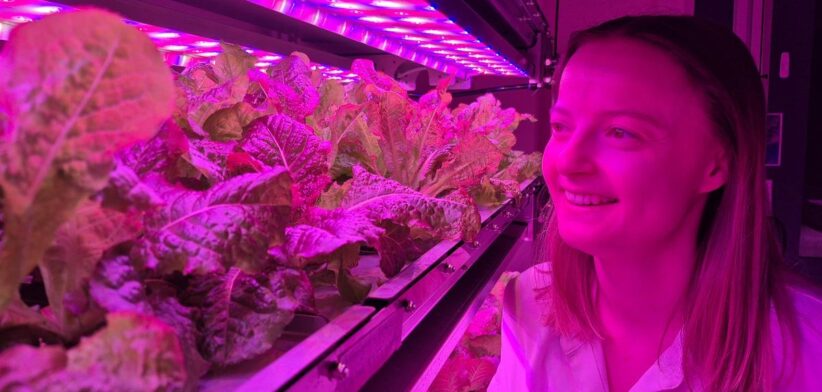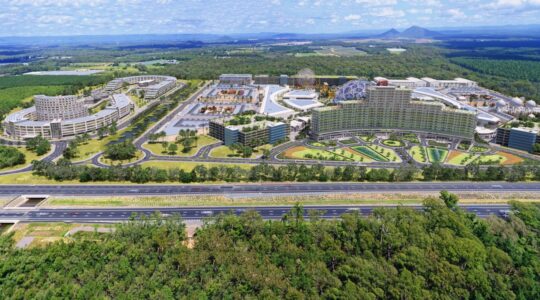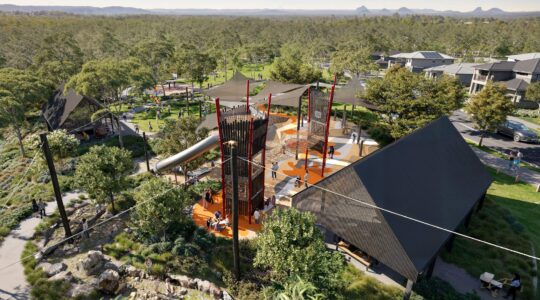Research to develop the ability to grow crops in space is set to bolster food security on Earth.
An international team from the University of Adelaide, University of Cambridge, University of Western Australia and NASA are reimagining how food is grown into the future, as extreme weather events increasingly threatening crop yields around the globe.
Dr Alison Gill, from the University of Adelaide, said controlled environment agriculture (CEA) allowed crops to be grown indoors under the precise control of light, temperature, humidity, carbon dioxide, and nutrients, while reducing pest risks.
“The result is food that can be produced anywhere, year-round, with yields up to 20 times greater than traditional agriculture, with much less arable land and water required,” Dr Gill said.
She said the while the current work was inspired by research focused on growing plants in controlled environments in space as part of a UK and Australian Space Agency funded collaboration, the greatest impacts will be here on Earth.
“What began as space science, with experiments designed to grow food beyond Earth, has enabled us to create a blueprint to deliver big impacts back home.
“In Australia, container farms could bring fresh produce to remote outback communities, cut food miles, and help supplement farmers’ incomes during drought using recycled water.”
Dr Gill said by combining decades of plant science with new technologies to track crop health and fine-tune plant growth, food could be grown that was more consistent, nutritious and tailored to needs.
“CEA is not a platform that will replace traditional farming, but it is a powerful supplement.”
She said indoor plant-based pharmaceuticals and other high value bioproducts were also a massive economic opportunity for CEA.
Read the full paper: Turbocharging fundamental science translation through controlled environment agriculture.








